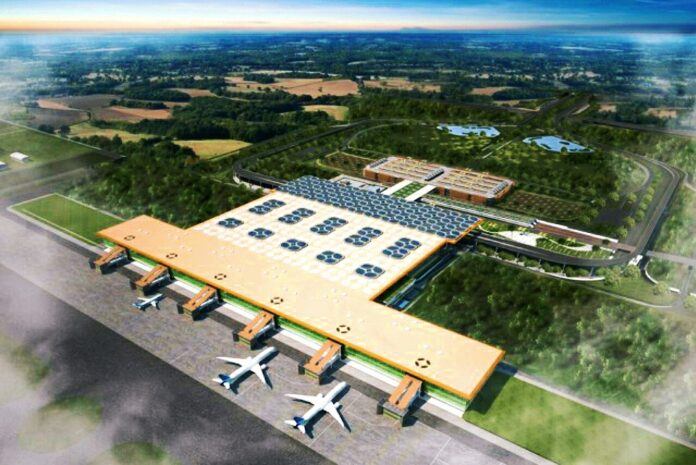Indonesia, known for its stunning landscapes and vibrant culture, is redefining its approach to international air travel. In a move that has sparked curiosity nationwide, the Ministry of Transportation has slashed the number of international airports in Indonesia from 34 to just 17. But why the drastic reduction? Minister of Tourism and Creative Economy, Sandiaga Uno, sheds light on the decision.
According to Ministerial Decree Number 31/2024 issued on April 2, 2024, the rationale behind this shift is multifaceted. Indonesia, with its vast archipelago, boasts over 600 airports, 34 of which were designated as international hubs. This abundance positioned Indonesia as a leader in Southeast Asia, but recent reforms are streamlining this network to enhance efficiency and prioritize key tourist destinations.
Sandiaga Uno emphasizes the importance of aligning airport infrastructure with tourism goals. He highlights the disparity in international tourist arrivals, with the majority entering through the 17 designated airports. These airports, including popular destinations like Bali and Jakarta, serve as vital gateways for foreign visitors.
“During 2023, out of the total outside these 17 airports, only about 200 foreign tourists contributed, so it’s very small,” Sandiaga said at the Jakarta Convention Center, Senayan, Jakarta, on Monday (6/5/2024).
Read also: The List of 17 Newest International Airports in Indonesia, Reduced from 34 Airports
Yet, amidst this restructuring, five destinations emerge as “super priorities” – Lake Toba, Borobudur, Labuan Bajo, Mandalika, and Likupang in Manado. These locations, already equipped with international airports, are earmarked for special attention, aiming to spread tourism benefits across the archipelago.
“I see efficiency if from the tourism and creative economy sector we can achieve a figure of 15-20% with a focus on the five super priority destinations that we offer packages that will further encourage tourist visits spread across the entire archipelago,” he explained.
Sandiaga Uno underscores the post-pandemic imperative for efficiency and consolidation in international air travel. By concentrating resources on key hubs, the government aims to bolster the aviation sector and attract a diverse range of visitors.
Adita Irawati, spokesperson for the Ministry of Transportation, defends the move as a strategic measure to reinforce Indonesia’s aviation business post-pandemic. She notes that many international airports primarily served short-haul flights to select destinations, limiting their effectiveness as international hubs.
“Until now, most international airports only serve international flights to certain countries and not long-haul flights, so international hubs are actually enjoyed by other countries,” said Adita, as quoted from Antara.
Adita added that the airports whose international status was revoked were known to only serve short-haul flights to one or two countries. In fact, some of them do not serve international flight routes at all. Take for example Supadio Airport in West Kalimantan.
The decision to revoke international status from certain airports reflects a broader trend in global aviation management. Other countries have undertaken similar measures to optimize their air travel networks and concentrate resources on key hubs.
In essence, Indonesia’s airport strategy signals a shift towards efficiency and strategic tourism development. By consolidating resources and focusing on key destinations, the nation aims to emerge stronger in the post-pandemic era, ready to welcome travelers from around the globe.























